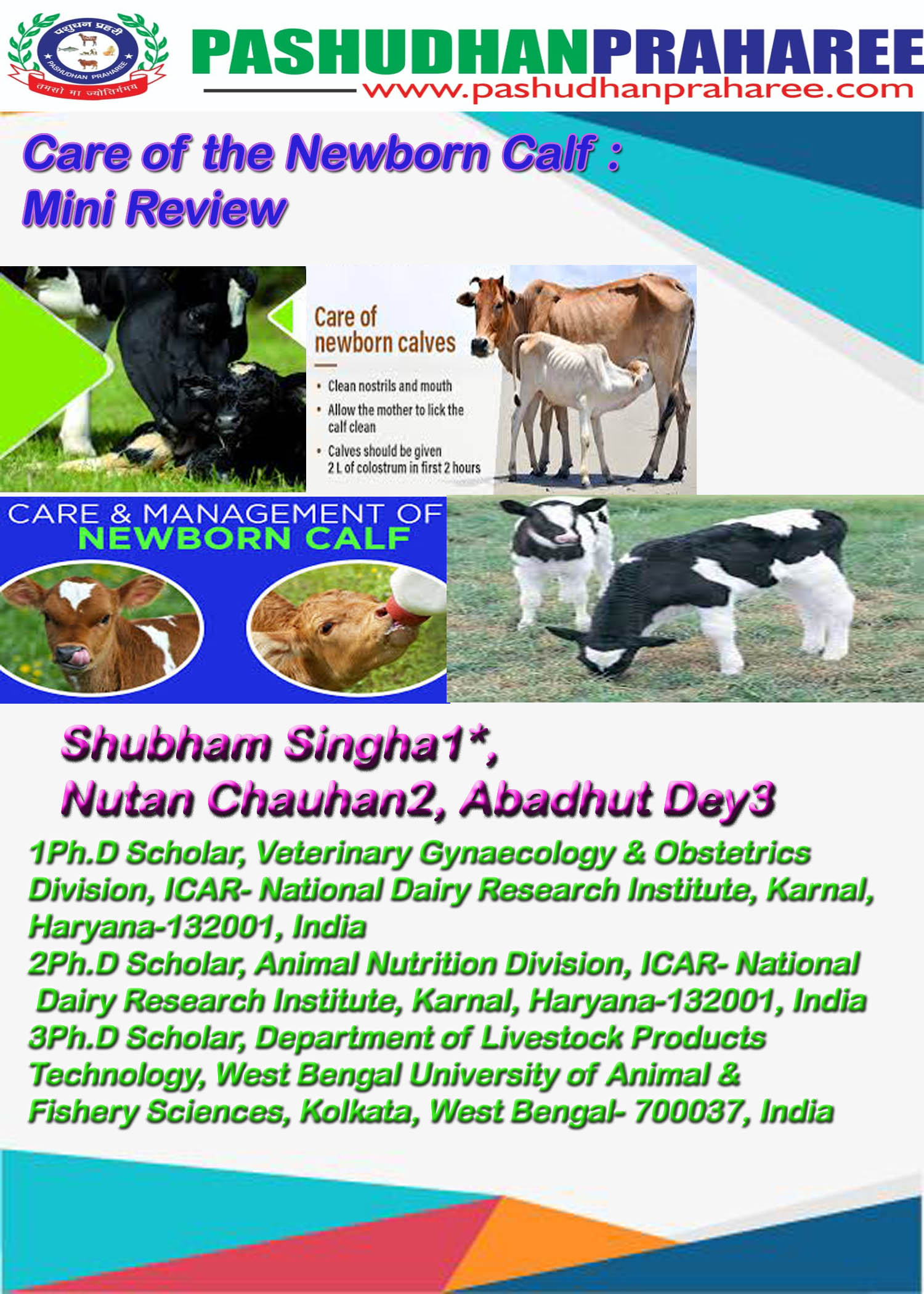Using diphtheria antitoxin to stop the toxin made by the bacteria from damaging the body. The farmer should take care that there are no cuts inside the calfs mouth.
The condition can be acute or chronic and occurs sporadically year round but is most prevalent in the fall and winter months.
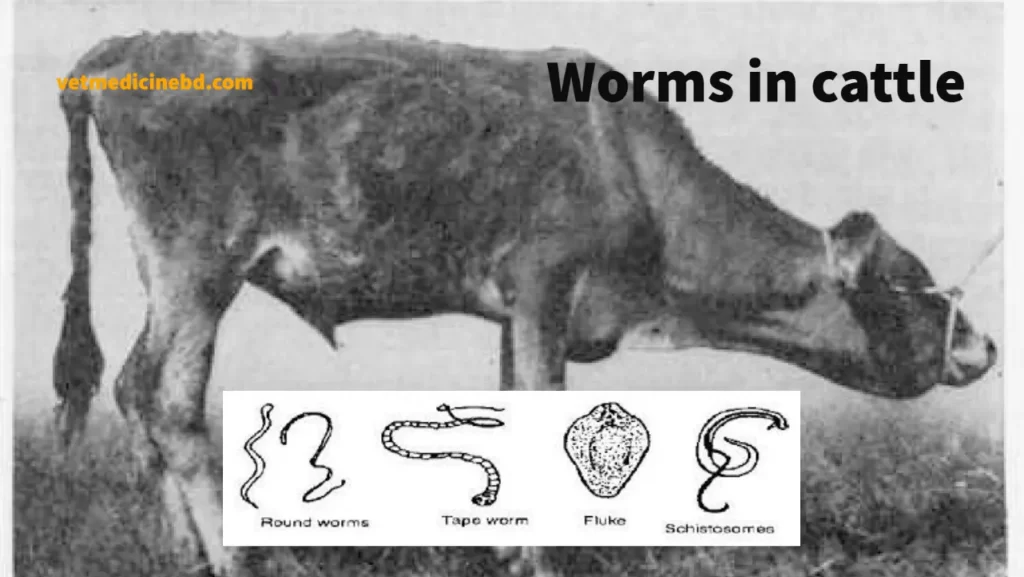
. If necessary regular examination should be. Frequently monitoring young calves on pasture is essential in identifying and preventing the spread of calf diphtheria. It causes necrosis of the mucus membrane of the larynx especially the lateral arytenoids cartilage and adjacent.
A lot of these calves are not drinking a lot of water. They go off milk remember milk is 87 water and they are getting most of their fluid volume by drinking their milk Smith said. Veterinary attention is essential when infection causes respiratory distress.
This treatment is very important for respiratory diphtheria infections but it is rarely used for diphtheria skin infections. Probably the best thing producers can do for calves with diarrhea is provide a good oral electrolyte. Treatment is with antitoxin and penicillin or erythromycin.
Calf diphtheria is typically seen as ulcerative necrosis of the cheek which appears as an external swelling on the side of the mandible or a lesion on the tongue. Calf diphtheria is often treated with daily procaine penicillin by intramuscular injection for 5 to 7 consecutive days as directed by your veterinary surgeon. Over the years most producers have had a sporadic throat infection in their calves.
Technically it is called necrotic laryngitis or calf diphtheria sometimes referred to as barker calves The initiating cause is usually an abrasion to the throat caused by rough feed or an oral ulcer. Attention HCPs - View Important Info About A 5 Component DTaP Containing Vaccine. Use of DMSO in food animals is controversial and some veterinarians wont prescribe it.
Try to not wait too long before treatment is initiated and remember to finish the course of antibiotics your veterinarian recommends. If animals are closely confined the spread of this infectious disease can be prevented by thoroughly cleaning and disinfecting of all calf feeders. If the weather is dry and dusty wetting down the.
Necrophorum often follows injury to the mucosa. Depending on timing amount and type vaccinations or medications can impose significant health risk to young calves. Calf diphtheria is a necrotic laryngitis that occurs in young calves 5 weeks old to 24 months old worldwide caused by an infection of the laryngeal tissue with Fusobacterium necrophorum bacterium.
BeEf 911 The outcome is usually successful but producers should be careful not to stop treatment too early. Prevention It can be difficult to control pneumonia when calves are placed in communal pens. For a calf with diphtheria DMSO can be given as a gargle drench mixed with a little water and squirted into the back of the mouth a couple times daily to shrink throat swelling.
Keep things simple for calves. As a salvage operation laryngeal surgery can be done but most of these cases will clear up with good sound medical treatment. Necrotic laryngitis or calf diphtheria.
Dexamethasone oxytetracycline andor Nuflor recommended as treatments for diphtheria calves. Feed a single large-volume feeding of colostrum. An infectious disease of the mouth and pharynx of calves and young cattle associated with the presence of large numbers of a bacterium of the genus Fusobacterium F.
A single dose of dexamethasone 0205 mgkg IV or IM may be used to decrease laryngeal edema in animals with severe respiratory distress. Extra attention to a few of these calves. Prevention On the farm starting from newborn calves to adult calves food containers and water containers should be cleaned.
Diphtheria is an infection and inflammation of vocal folds of the larynx voice box at the. Calf diphtheria is prevented by strict hygiene. A tracheostomy is indicated in cattle with severe inspiratory dyspnea.
Calf diphtheria is an infectious disease affecting the. Difficult environmental conditions lead to the diphtheria not being 100 percent preventable. Childhood vaccination and booster doses should be routine.
The animal should be isolated from the herd and cross contamination between its and others feed buckets and equipment should be prevented. These are the ones with an extremely loud inspiratory and expiratory sound which can be heard across the pen. This will remain for the rest of their life but they still will do well enough in the feedlot.
This is important for both diphtheria infections in the respiratory system and on the skin. It is thought to occur secondary due to prior laryngeal. Treatment and Control.
Corynebacterium diphtheriae usually infect the nasopharynx respiratory diphtheria or skin cutaneous diphtheria. Young calves must be examined daily to identify early stages of the disease. Find Important Safety Information Chat Live With A Knowledgeable Representative.
The disease occurs mostly at calves from 1 or 2 weeks to a few months old. Diphtheria is caused by the Fusobacterium necrophorum. Intravenous fluids may be required in dehydrated animals.
Necrophorum and commonly resulting in pneumonia or generalized septicemia if untreated. Diagnosis is clinical and confirmed by culture. Treatment with anaerobic specific antibiotics should commence immediately either parenterally or orally for three to five days.
A few will recover but still have a distinctive whistle especially when run a bit. Improved husbandry ventilation and good nursing care can all reduce risks of pneumonia as well as ensuring that young animals receive appropriate amounts. The mouth mucosa of you calves is very sensitive.
The calfs mouth should be cleaned regularly with. At the second feeding begin feeding the milk replacer or milk that will be the mainstay of the calfs preweaning diet. Medical Definition of calf diphtheria.
In the laryngeal form treatment should continue for. Good nursing care should be provided. Using antibiotics to kill and get rid of the bacteria.
Story photos by Heather Smith Thomas. Diphtheria is a local appearing inflammation in the mucous membranes of the mouth- or pharynx caused by the Fusobacteria Necrophorum.

Dealing With Diphtheria In Calves Grainews

Calf Pneumonia Coughing Diptheria Respiratory Diseases Healthy Calves

Calf Diphtheria Symptoms And Treatment Vetmedicine Bd

Calf Diphtheria Symptoms And Treatment Vetmedicine Bd
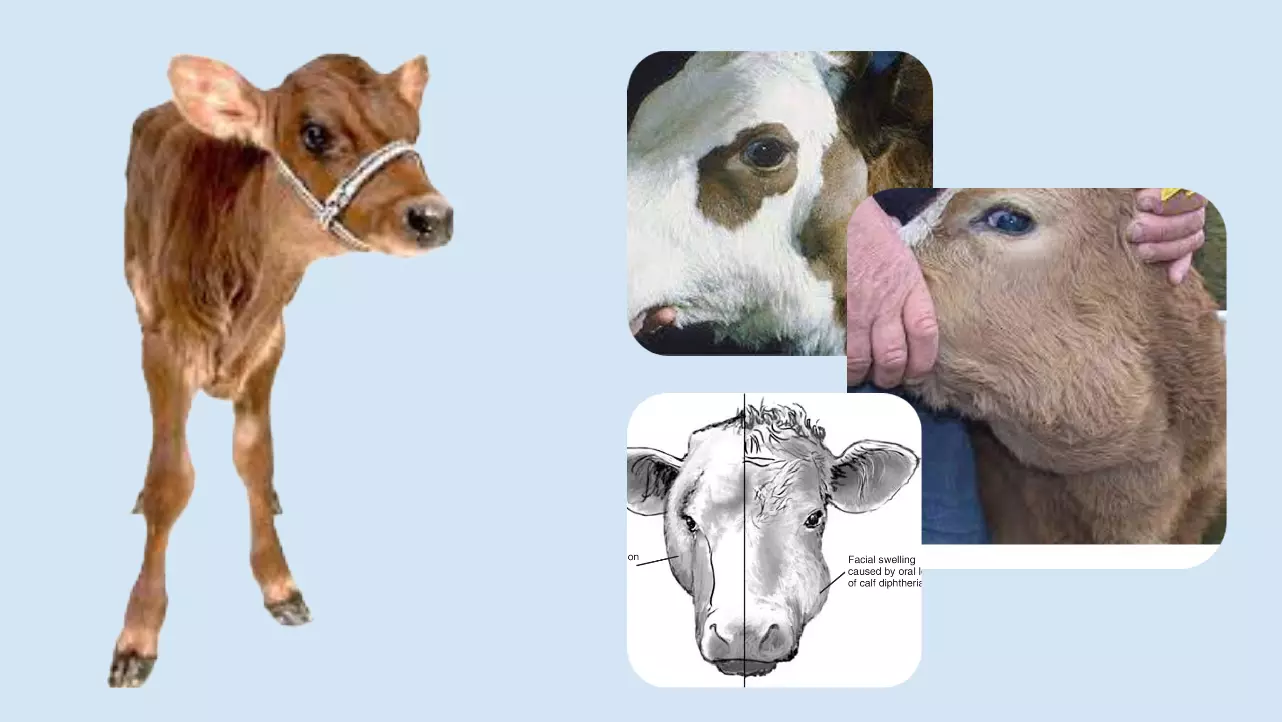
Calf Diphtheria Symptoms And Treatment Vetmedicine Bd

African Farm Resource Centre Calf Diseases Diphtheria What Is Calf Diphtheria There Are Two Forms Of Calf Diphtheria The Most Common Is An Acute Oral Mouth Infection Usually Seen In Calves

African Farm Resource Centre Calf Diphtheria Necrobacillosis There Are Two Forms Of Calf Diphtheria The Most Common Is An Acute Oral Mouth Infection Usually Seen In Calves Less Than 3 Months

Respiratory Diseases Abstract Europe Pmc
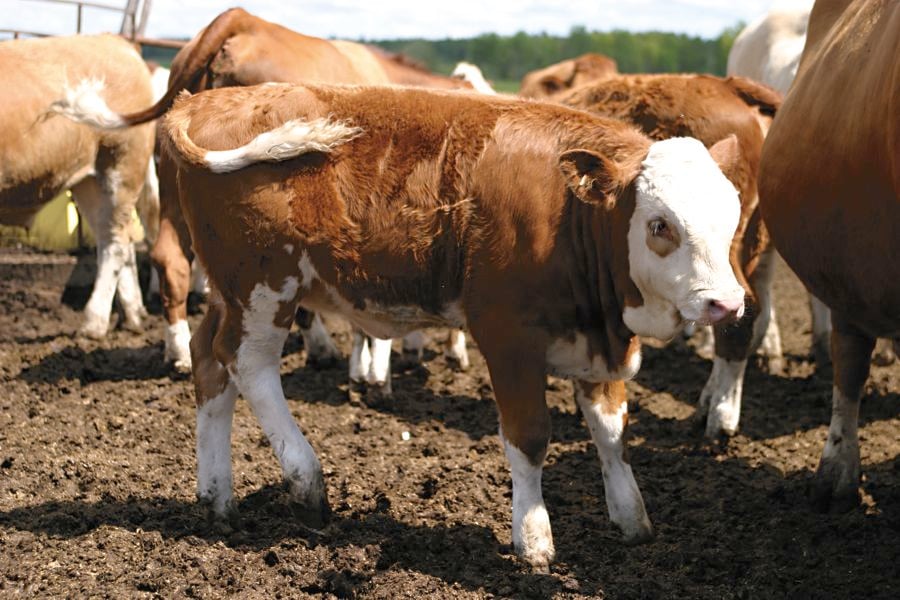
Various Treatments For Calf Diphtheria Grainews
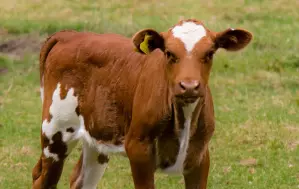
Calf Diphtheria Symptoms And Treatment Vetmedicine Bd

Veterinary Studies For Agricultural Students Veterinary Medicine Bacillus Necrophorus Infections 175 Calves Have A Similar Trouble Calf Diphtheria Due To The Same Virus And Characterized By Patches Of Diphtheritic Mem Brane In The Mouth
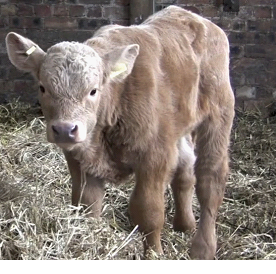
Nadis National Animal Disease Information Service

Experimental Design For Analyzing The Calf Rectal Microbiota And Download Scientific Diagram
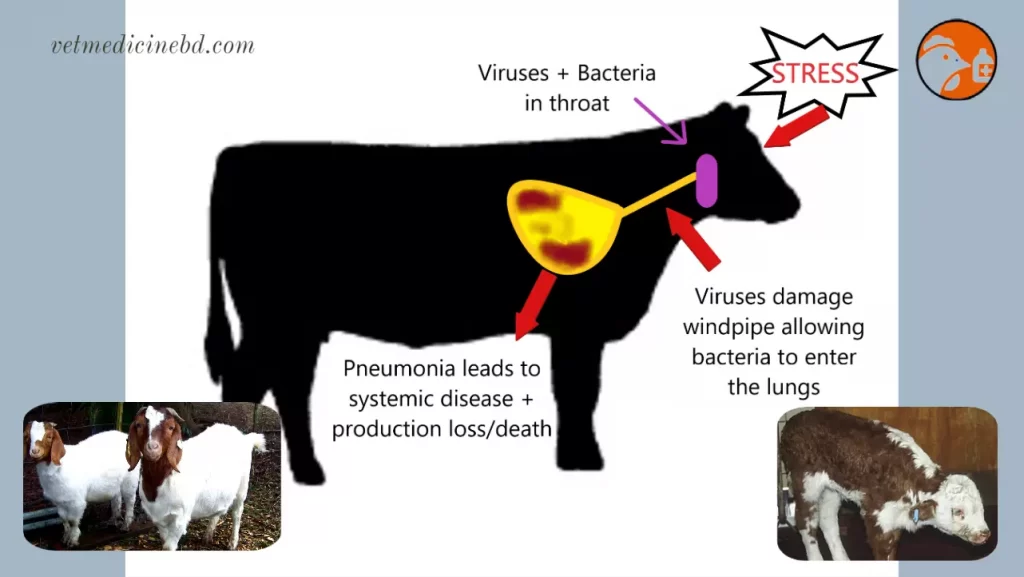
Calf Diphtheria Symptoms And Treatment Vetmedicine Bd




